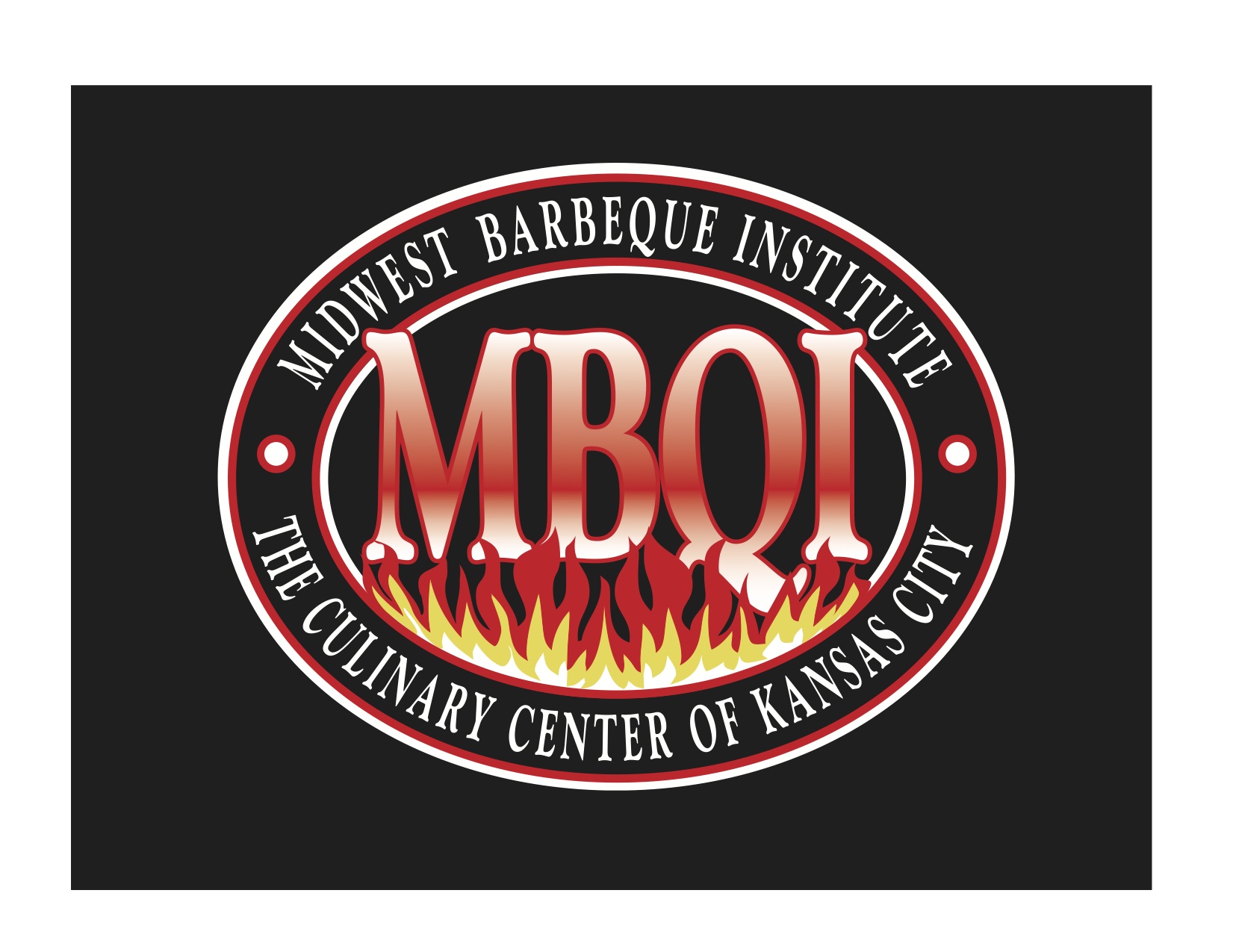Making BBQ Sauce
Whether you use your barbecue sauce to mop or to sop your meat while at the picnic table, there are some main factors to decide before making your sauce.
First: What style are you looking for? There are several different styles of barbecue sauces. Kansas City style which is a thicker tomato based sauce, which tends to be sweet and spicy with a little heat. Texas style sauces are also tomato based, but are thinner and have more of a distinctive bite from worcestershire sauce and a touch of molasses. The Carolina's can have a range of three to four different styles. Most of the Carolina's are thin sauces, some tomato based, some vinegar based and others mustard based. Several of them are on the sweet and sour side, using vinegar and sugar. You will find some areas are a combination of several types, Florida uses a tomato base, but for the acid side they use lime and
lemon juice. Kentucky sauces are known as black sauces, mostly made from worcestershire sauce and vinegar. As I travel around, I taste as many barbecue sauces as I can. I am always amazed at the flavors of sauces in just one region. There is even Hawaiian style sauces, which I like to refer to them as fruit sauces, since most of them have fruit juices in them.
Second: Decide on the flavor and profile of your sauce. Do I want it sweet? Spicy? Maybe I want it to be sweet and spicy with some heat to it. Do I want to add some sour to it for a certain flavor?
Third: Develope your ingredient list. Make sure you can get what you are looking for in your area.
Fourth: Making and testing your sauce. Keep good notes on what you did. Measure correctly and well. Taste your final product and determine what you like or maybe don't like. When going back to
retest, only change one ingredient at a time! That way you know what causes the change. If you change more than one, you will not know what made your sauce change for the final taste.When making barbecue sauces, everyone has his or her twist or beliefs to making a good barbecue sauce. Here are some of my
guidelines or rules that I like to follow when testing and making a new sauce.
Tomato Stage:
Tomato puree - ground tomatoes with sauce.
Tomato paste - tomato meats cooked down to thick paste.
Ketchup - tomato puree with vinegar, sweeteners and spices.
Chili Sauce - tomato puree with onions, garlic and spices.
Sweet Stage:
The following are different products to use to make your sauce have some sweetness to it.
Granulated sugar, light or dark brown sugar, turbinado sugar, honey, light or dark corn syrups, maple syrup, jellies, molasses, soda and sorghum just to list a few.
Sour Stage:
You will want to make sure that in this stage that you don't add all of the sour product at once. I like to just add only half the amount of sour I am using at a time. You don't want your sauce to become
to pungent. White or flavored vinegars, lemon juice and lime juice. Vinegars come in numerous flavors, so when using vinegars you can add additional flavors to your sauce.
Other liquids:
These can be added for flavoring or thinning your sauce. Worcestershire sauce, fruits juices, fruit nectars, horseradish, liquid smoke, mustard, hot sauce, soft drinks, beef or chicken
broths, beer and tomato juice.
Seasonings:
Almost all barbecue sauces have salt, pepper (black, red, or white) and chili powder. From there you can add any spice you like. Again, know the profile of the seasoning before adding it to your sauce.
Production Stage:
Once you have made you decision on the other stages, you can now start your sauce production. Make sure to use a nonreactive pan. I like to combine all my ingredients in the sauce pan first before
going to the heat. Combine your spices, chili powder and peppers in the flavoring liquid or worcestershire sauce first, making a loose paste. This insures that the powders and spices are dissolve well,
before adding them to your sauce. This also helps to keep them from forming lumps. Then add your other liquids, remembering only start with half of your sour liquids. Stir well, combining all the
ingredients. Place the sauce pan on medium high heat and start to warm, stirring constantly. Bring the sauce to a boil, then reduce the heat and continue simmering until the sauce has reduced to
the desired thickness. Before removing from the heat, taste the sauce, adjust the seasoning if needed and decide if you need the remaining sour in your sauce. If adding any sour or seasonings, continue cooking for 5 more minutes to incorporate the flavors. Remove from the heat. Remember, your sauce is the finishing taste added to your bar-be-cue. Whether it is put on during the last stage of cooking or if just
used as a sop at the table. The sauce should complement your food, not over power it!
®Copyright Protected from Chef Richard's cookbook: BACKYARD BBQ The Art of Smokology™
 Monday, July 26, 2010 at 6:20PM |
Monday, July 26, 2010 at 6:20PM |  Richard McPeake "Educator of Que" | tagged
Richard McPeake "Educator of Que" | tagged  BBQ Tips,
BBQ Tips,  Recipes | in
Recipes | in  BBQ Sauce & Mops,
BBQ Sauce & Mops,  BBQ Tips
BBQ Tips 



Reader Comments